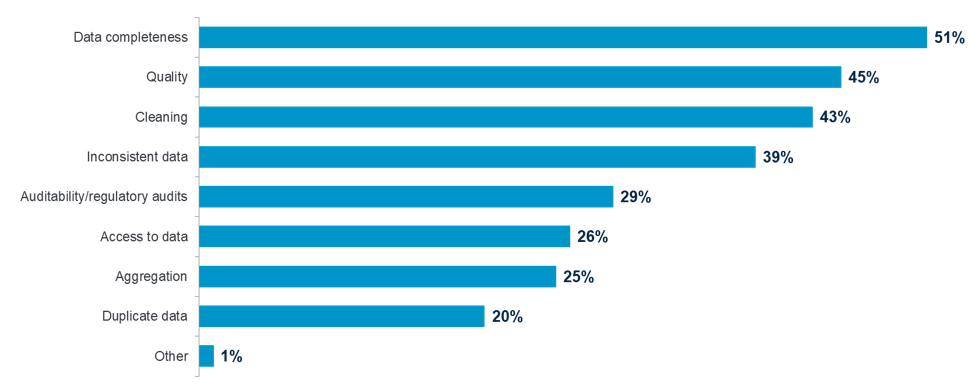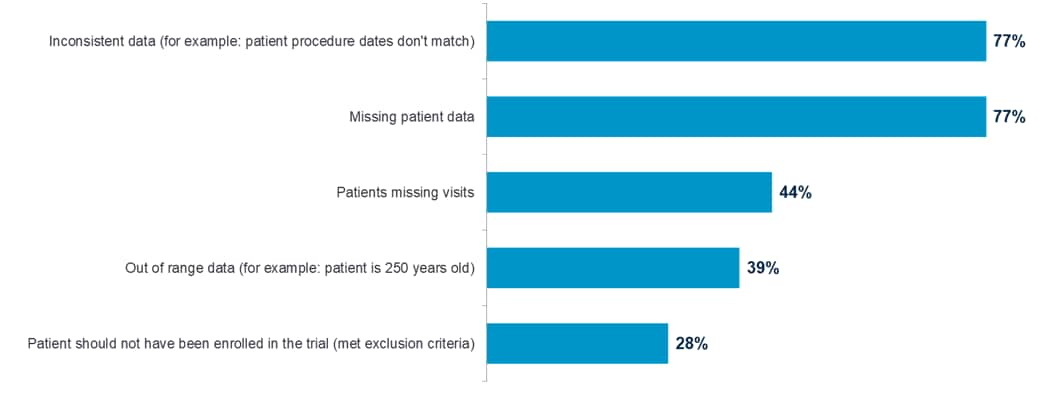Por: Sten Verterli de https://www.vesterli.com
18 de septiembre de 2018
Oracle Tool WatchOracle Cloudvesterli
18 de septiembre de 2018
Oracle Tool WatchOracle Cloudvesterli
Thomas Kurian, que solía ser el técnico de Oracle, acaba de dejar la empresa. Dijo que se estaría tomando un "tiempo libre prolongado de Oracle", mientras que Oracle está tratando de dar la impresión de que Thomas regresará en breve.
Eso es una mala noticia para toda la comunidad de Oracle.
"Son noticias más graves de lo que cualquiera en esta tierra puede entender, ...".
Aragorn, en El señor de los anillos
En los viejos tiempos, cuando el programa Oracle ACE todavía podía permitirse invitar a todos los directores de ACE a una reunión en Redwood Shores antes de OpenWorld, la reunión con Thomas Kurian siempre fue un momento destacado. Constantemente me quedé impresionado con la comprensión de Thomas de los detalles técnicos en el portafolio de productos de Oracle y sentí que Oracle estaría en buenas manos cuando se hiciera cargo de Larry.
El rumor es que Thomas quería que el software de Oracle se ejecutara en Amazon y Azure, pero Larry no lo permite. Larry está enamorado del sofisticado hardware Exa-this y Exa-that de Oracle y ha pasado años atacando a Amazon, por lo que es natural que quiera que todo el mundo se ejecute en el hardware de Oracle.
Thomas, por otro lado, es el líder de 35,000 ingenieros de software y quiere ver que el gran software que su equipo ha construido se use tanto como sea posible.
Pensarías que Oracle podría saberlo mejor. Observaron a Sun pegarse obstinadamente a su sofisticado hardware hasta que estuvieron casi en la ruina y pudieron venderlo a bajo precio, pero ahora Oracle sigue la misma estrategia.
"Creo que Thomas tiene razón, pero Larry es dueño de la compañía."
¿Qué significa esto para usted como profesional de Oracle? Significa que Oracle ha perdido una oportunidad más para volverse relevante en la nube, y el tiempo se está agotando a medida que Amazon y Azure avanzan más. No apueste su carrera como desarrollador, DBA o gerente de TI en ningún producto de Oracle Cloud.
Por supuesto, la base de datos estará disponible por décadas aún ...
Esta publicación apareció originalmente en el boletín de Oracle Tool Watch.











